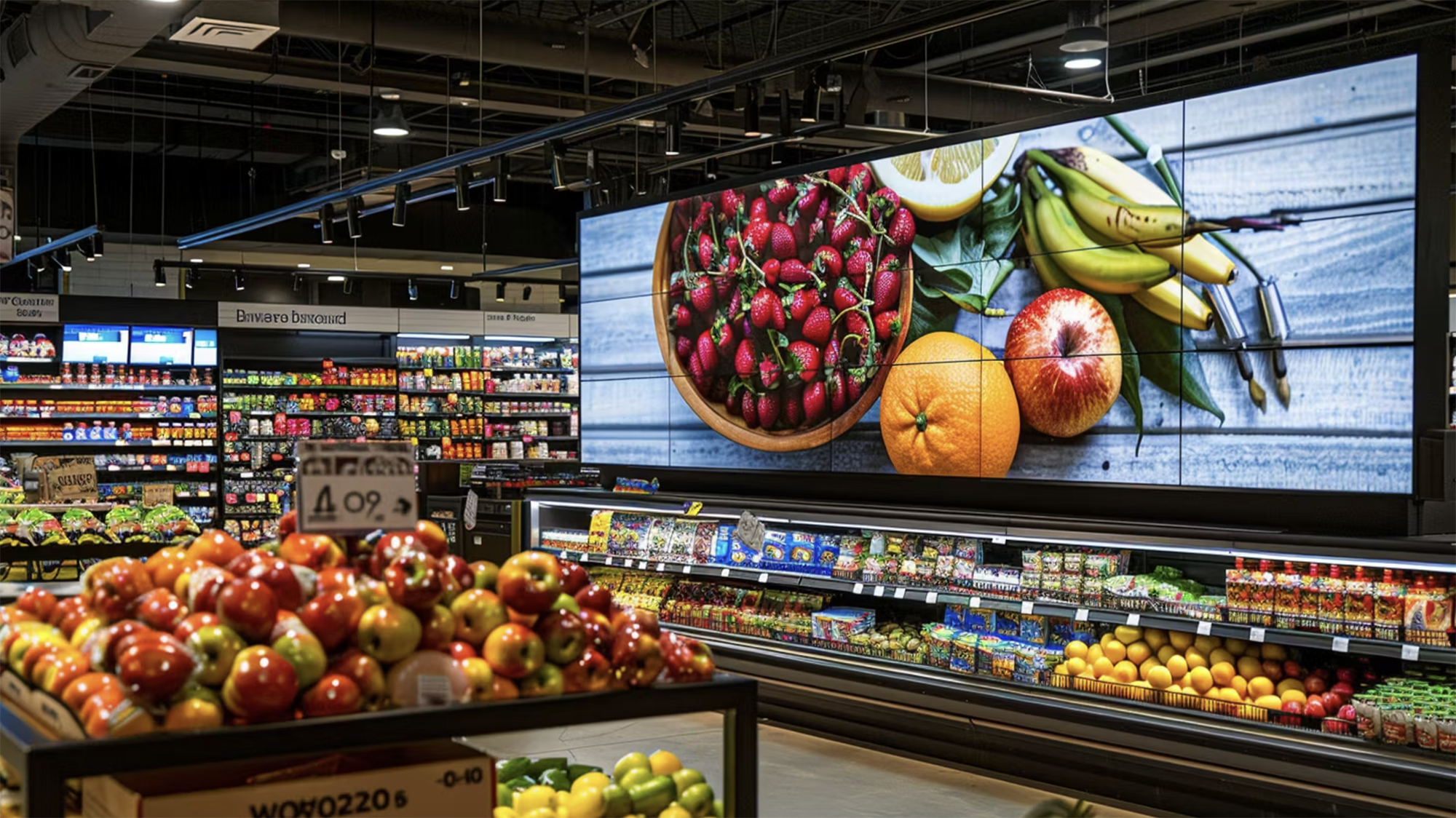Harnessing AI and Data: The Path to Grocery E-Commerce Excellence

At a Glance
- Introduction
- The Value of Data and AI in Grocery
- The Impact of the Pandemic on Online Grocery Retailers
- Future Trends and Challenges
Unleashing the Power of Grocery Data
Grocery continues to lag all other retail verticals when it comes to e-commerce adoption. As the sleeping giant awakens, we are beginning to see the value of data that grocers hold. Walmart’s relentless investment in e-commerce is paying off in terms of year-over-year growth, an increase in the number of high-value households, and the release of a retail media and alternative revenue flywheel.
The Value of Data and AI in Grocery
The value of AI can be realized with investment in solid data foundations. Grocery transaction data is unrivaled compared to other retail verticals. From the salt content of our diet to family size, to affluence and purchase propensity, the food and grocery items we buy with frequency paint a very accurate and valuable picture. We will soon see an explosion of innovation in how this data is used to improve supply chain, sustainability, personalization, and loyalty. Predictive merchandising—understanding what we need before we even know ourselves—is upon us.
The Impact of the Pandemic on Online Grocery Retailers
It took a global pandemic to shock some online grocery retailers into action. But necessity being the mother of invention, I am now optimistic that the confluence of low margins and increasing labor costs will drive innovation across the grocery operating model. Wiliot, for example, is the world’s first farm-to-store intelligent supply chain, improving transparency and provenance of our food’s journey.
Future Trends and Challenges
The traditional way of managing assortment, price, and promotion is ripe for disruption. While this will take a leap of faith for some grocers, the business case for testing AI-powered efficiencies will be compelling. With 69% of grocery transactions digitally influenced and 44% of Gen Z shoppers ordering groceries online every week, the power of AI to automate marketing copy and adapt marketing channel spending in real-time based on performance and conversion rates are going to be critical to managing the cost of acquisition. This is the next battleground and is closely tied to the burgeoning retail media business case which AI will make more targeted, personalized, and performance-driven.
Looking beyond the support center use cases of AI, the most effective use cases will be in the sustainability and traceability of our food supply chain to reduce waste. The improvement in the economics of customer acquisition for e-commerce growth and the acceleration of the alternative revenue flywheel.


.png)






.png)


